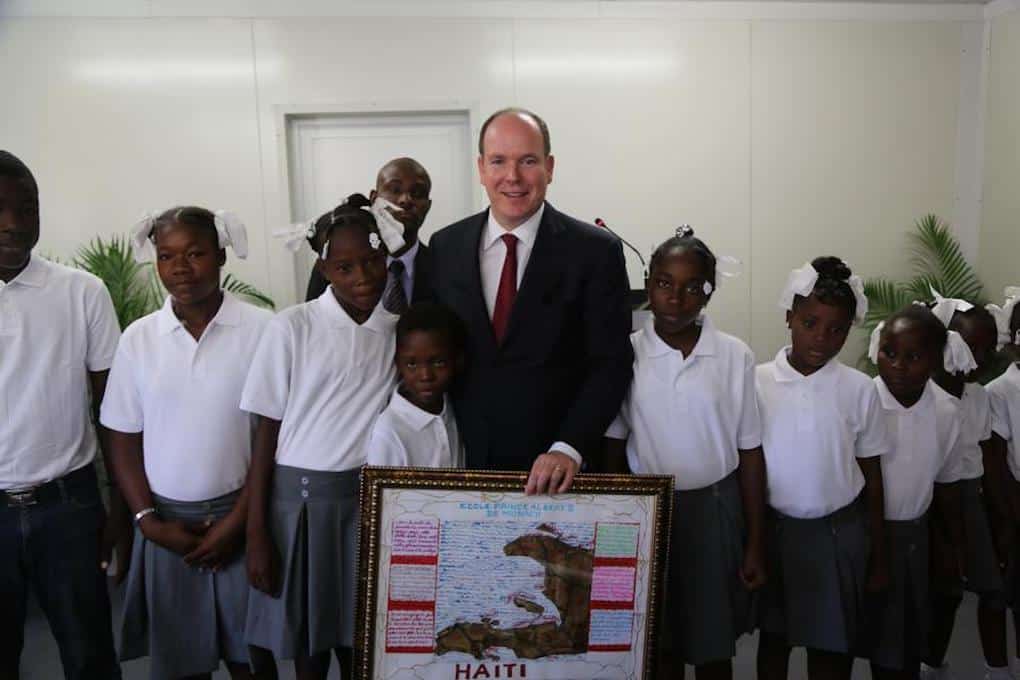Ecole Prince Albert II de Monaco in Haiti, welcoming underprivileged children for ten years

The school, which was inaugurated in 2013, was created following the earthquake that had hit the country three years earlier.
Ten years ago, on 15 February 2013, the Sovereign Prince officially inaugurated the Ecole Prince Albert II de Monaco (EPAM) school in a shanty town in the Haitian capital, Port-au-Prince.
The Monaco Collectif Haïti was created following the earthquake that struck Haiti on 12th January 2010, killing over 200,000 people. It is made up of the Government of Monaco, the Monegasque Red Cross and around twenty NGOs. The aim: to raise funds and support a local rebuilding initiative.
The collective supported the Gheskio centres, a well-known Haitian NGO in the medical field in on of the capital’s shanty towns. And although the Monaco Collectif Haiti was wound up in 2016, there is still a partnership between Coopération Monégasque and the local NGO to support the EPAM.
Opened in September 2012, the earthquake-resistant school received accreditation by the Republic of Haiti’s Ministry of National Education and Vocational Training for its foundation and pre-school sections. It enables more than 350 children from poor families to attend school each year.
Access to education still difficult in Haiti
According to the GPE, the world’s largest fund dedicated exclusively to transforming education in low-income countries, Haiti does not have enough places to enrol children in school. Also, the average cost of school fees is $80 per student per year, not including books, uniforms and transport, making basic education inaccessible for many children.
For the 2022-2023 school year, the school will have 354 pupils from disadvantaged families in working-class areas, 50% of whom are girls. In addition to their education, the students are given medical care, a daily meal and a supply of learning materials, as well as extracurricular activities.
According to the Prince’s Government, the success rate for end-of-year tests is estimated at 90%. An excellent level of education, which is in line with the aims of the partnership between the Coopération Monegasque and the Gheskio centres: to increase the uptake and quality of schooling for children left behind, thereby improving their chances, and those of their families, of being fully integrated into society.
To mark EPAM’s tenth anniversary, a fundraising campaign is due to be launched by third-year students from Charles III College, to play their part in this solidarity effort and raise awareness of the right to education, particularly in Haiti.









